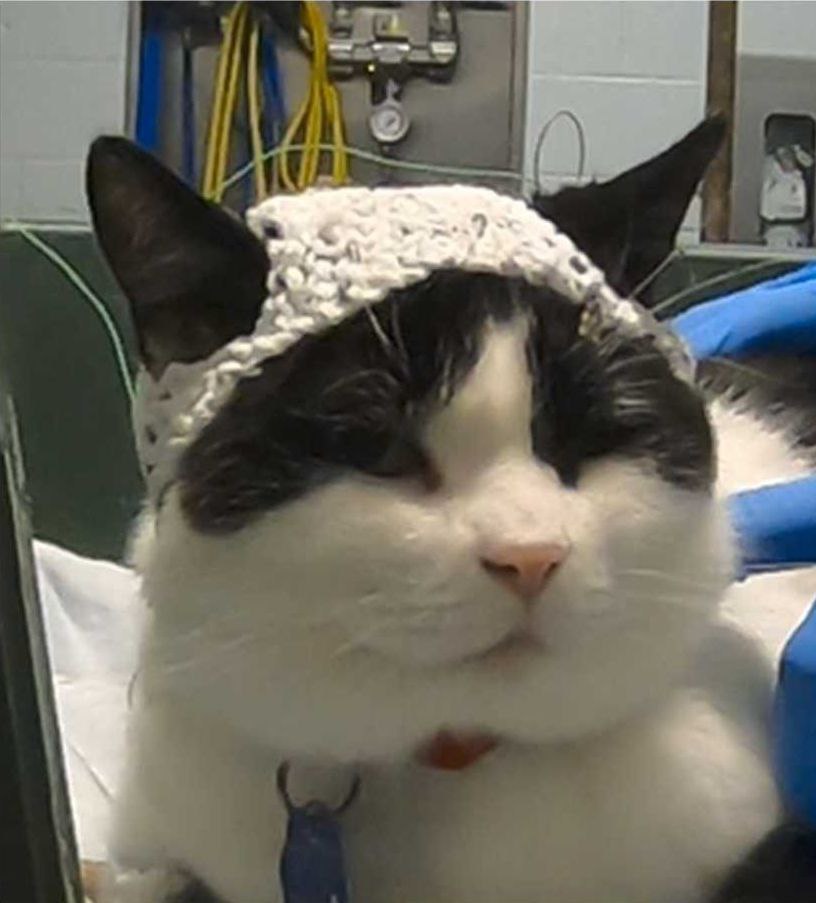Scientists in Montreal have made a groundbreaking discovery that could revolutionize the study of feline brain activity. By combining the comfort of knitted caps with the functionality of electroencephalography (EEG) devices, the scientists have created a novel tool that allows for non-invasive and stress-free EEG procedures in cats.
The Challenges of Traditional EEG
Previously, studying brain activity in cats posed significant challenges. The invasive nature of traditional EEG procedures often required the use of anesthesia to prevent the cats from removing the wires and electrodes. This not only added stress to the animals but also limited the scope of research that could be conducted.
The Knitted Cap Solution
To overcome these limitations, the Montreal researchers developed knitted caps that seamlessly integrate EEG sensors. These caps are designed to be comfortable and snug-fitting, ensuring that the cats feel at ease while the EEG procedure is being performed. The built-in sensors allow for accurate measurement of brain waves without the need for sedation.
Benefits of the New Approach

The knitted EEG caps offer several advantages:
Stress-Free Procedures: By eliminating the need for anesthesia, the researchers can conduct EEG studies in a more natural and humane manner.
Increased Data Accuracy: Non-sedated cats are more likely to exhibit natural behaviors, providing researchers with more accurate and valuable data.
Expanded Research Opportunities: The ability to conduct EEG studies without sedation opens up new avenues for research into feline brain function and behavior.
The Future of Feline Brain Research
The development of knitted EEG caps represents a significant advancement in the field of feline neuroscience. This innovative technology has the potential to transform our understanding of cat cognition, behavior, and health. As researchers continue to explore the possibilities of this new tool, we can expect to see exciting discoveries in the years to come.


